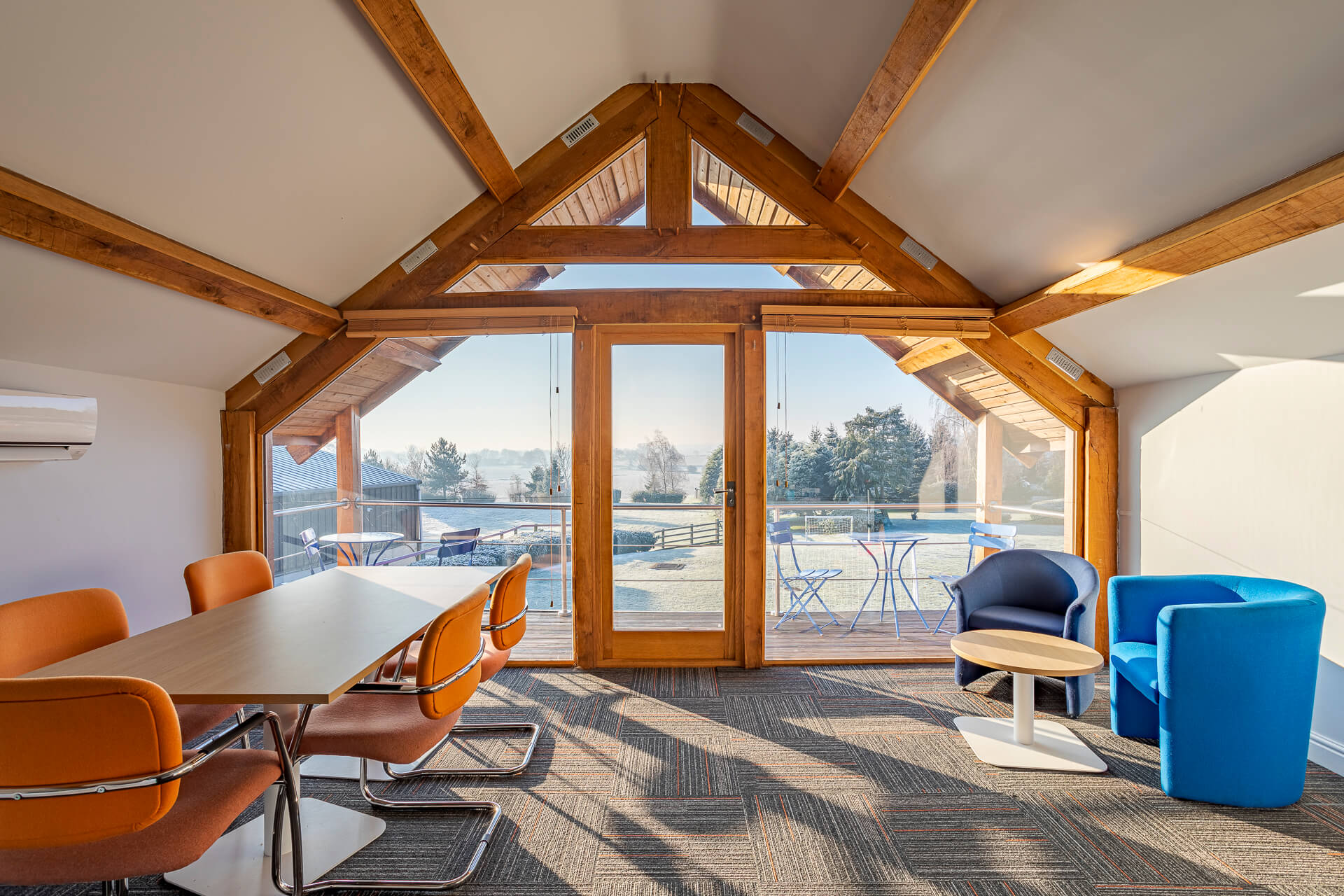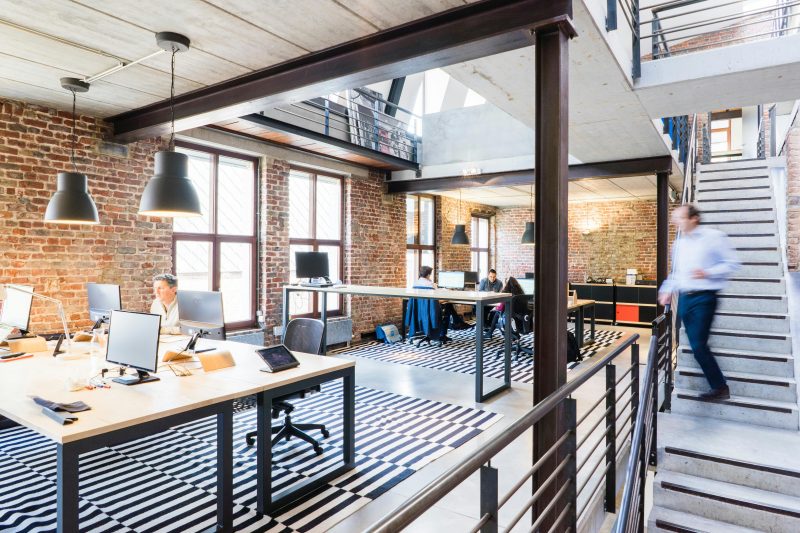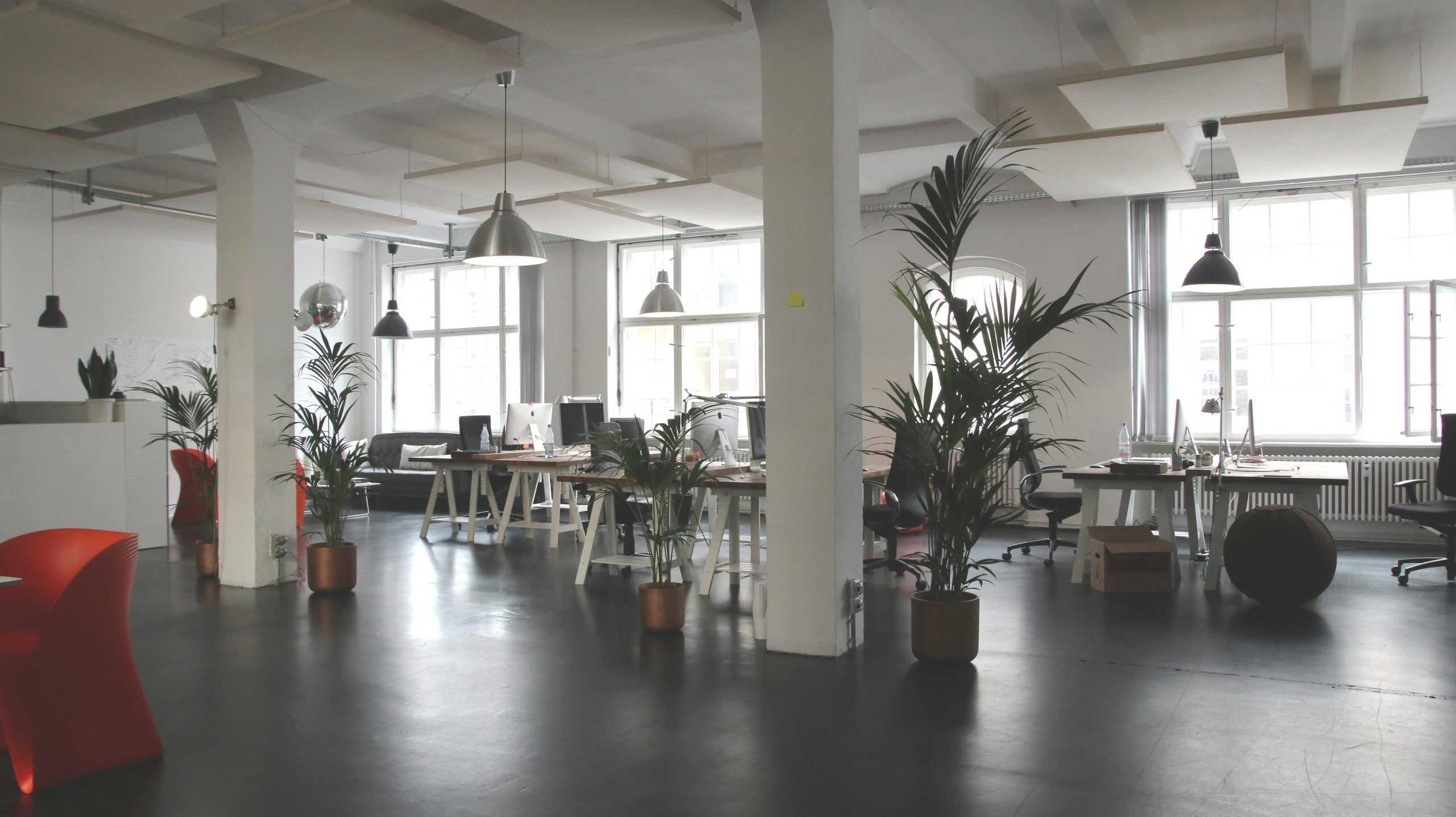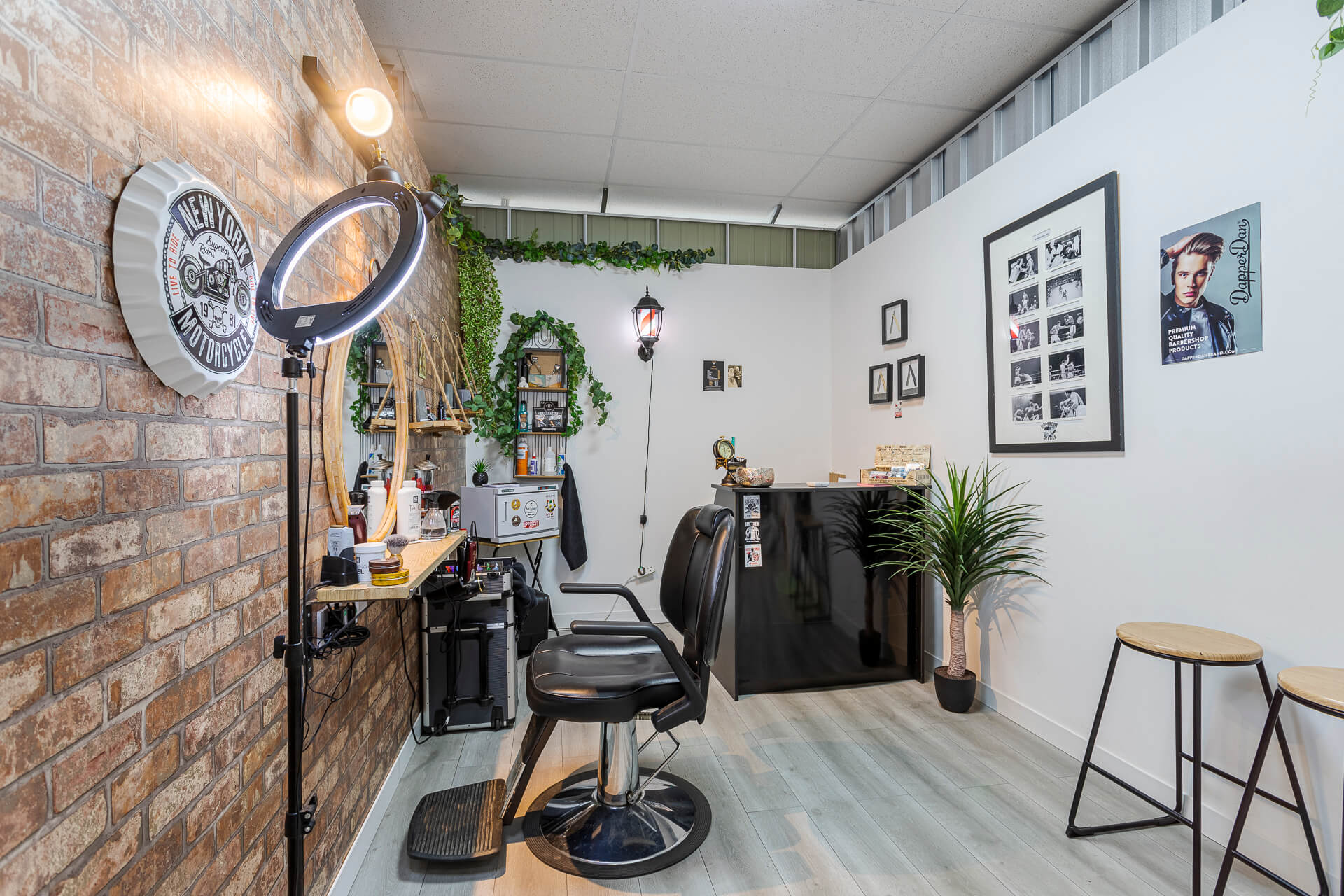
The Workspace Revolution – Key Trends Shaping Offices in 2025
The office as we know it is undergoing a seismic shift. No longer just a collection of desks, chairs, and water coolers, it’s becoming something far more dynamic – a space designed to accommodate the needs of a changing workforce. By 2025, the way we work and where we work will be almost unrecognisable compared to just a decade ago. Let’s take a look at some of the most important trends shaping the modern office in the UK.
The Rise of Hybrid Work
Hybrid work isn’t just a buzzword anymore. It’s the new normal. By 2025, a whopping 60% of UK employees are expected to work in a hybrid model, splitting their time between home and the office. This shift has been accelerated by the pandemic, but it’s here to stay because it works – for businesses and employees alike.
Companies are embracing hybrid setups to tap into the benefits. Employees report higher levels of productivity, reduced commuting stress, and better work life balance. According to a 2023 study by the Chartered Institute of Personnel and Development (CIPD), 76% of UK organisations that implemented hybrid working noticed improved staff retention rates.
For employers, this model also means cutting costs on office spaces. Why lease huge spaces when only half your staff is there on any given day? It’s a win win. But it also raises a question: how do we design offices that cater to such flexibility? That’s where customisation and adaptability come in.
Custom Workspaces

The office of 2025 is not one size fits all. It’s modular, flexible, and tailored to suit a variety of working styles and business requirements. Imagine a workspace that can transform depending on the task at hand: collaborative pods for brainstorming, private booths for deep focus, and open spaces for team gatherings. But it doesn’t stop there. Offices are increasingly being designed with the specific operational needs of businesses in mind.
For instance, companies handling stock and inventory management might allocate extra space for storage or set up dedicated areas for logistics. Retail businesses could integrate showrooms or packaging stations within their office designs. These adaptable workspaces are not only functional but also help businesses streamline their operations, reducing the need for off site facilities.
Customisation is also about technology. Smart offices are becoming the standard. By 2025, 82% of UK companies are expected to invest in IoT (Internet of Things) for workplace efficiency.
Sustainability at the Core
Speaking of sustainability, it’s no longer optional. It’s a necessity. By 2025, many UK businesses will be aiming to hit lower carbon emissions, and their offices are a key part of this mission.
From energy efficient buildings to recycled materials in furniture, sustainability is reshaping how offices are built and operated. According to the UK Green Building Council, green office spaces can reduce energy use by up to 25%. Companies like Google UK are leading the way with their Kings Cross campus, which uses renewable energy and prioritises water conservation. There’s also a strong focus on waste reduction. Circular economy practices are being adopted, with office furniture being repaired, reused, or recycled instead of discarded.
Wellbeing Driven Design

Mental health and wellbeing are taking centre stage in office design. Gone are the days of bland cubicles and harsh fluorescent lights. Employees now expect more, and rightly so.
Workspaces in 2025 will focus on creating environments that boost physical and mental health. This includes ergonomic furniture, standing desks, and even nap pods. The concept of “wellbeing rooms” is gaining traction. These are quiet spaces designed for mindfulness, relaxation, or even just a breather from the hustle and bustle.
UK businesses are already seeing the benefits of investing in employee wellbeing. According to Deloitte’s 2022 report, poor mental health costs UK employers up to £45 billion a year. By creating spaces that promote wellness, companies can reduce absenteeism, improve morale, and boost productivity.
The Role of Tech
Technology is the backbone of the workspace revolution. In 2025, the office will become a more connected ecosystem. One exciting development is the use of AI for personalised work experiences. Imagine an AI assistant that knows your schedule, adjusts your workspace accordingly, and even preorders your coffee when you arrive at the office. It might sound futuristic, but it’s closer than you think.
Cybersecurity is another priority. As hybrid work grows, companies are investing heavily in securing their digital infrastructure. By 2025, the UK cybersecurity market is projected to be worth over £15 billion, highlighting the scale of this investment.
What’s Next?
The office of 2025 isn’t just a place to work; it’s a space to thrive. It’s flexible, tech savvy, sustainable, and designed with people in mind. More importantly, it’s adaptable to the unique needs of each business, whether that means creating extra storage for inventory, integrating technology seamlessly, or fostering creativity and collaboration. For businesses, adapting to these trends isn’t just a choice; it’s a requirement to stay competitive.

